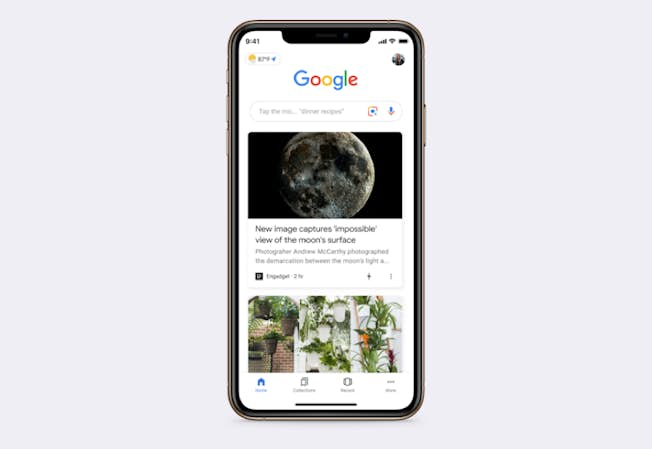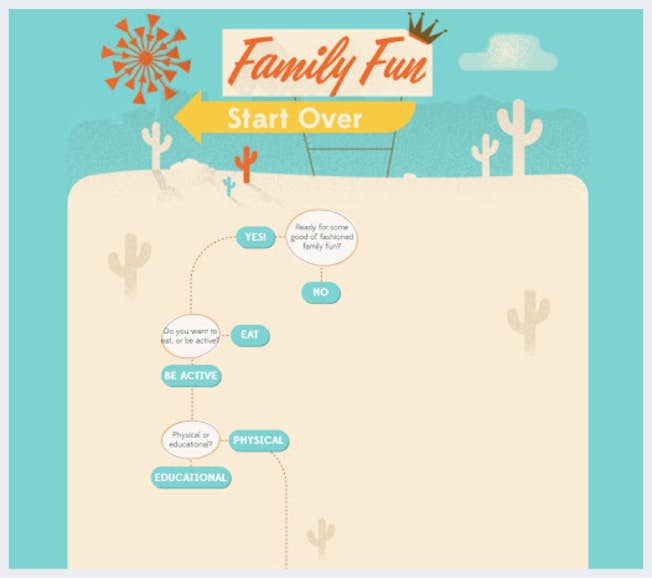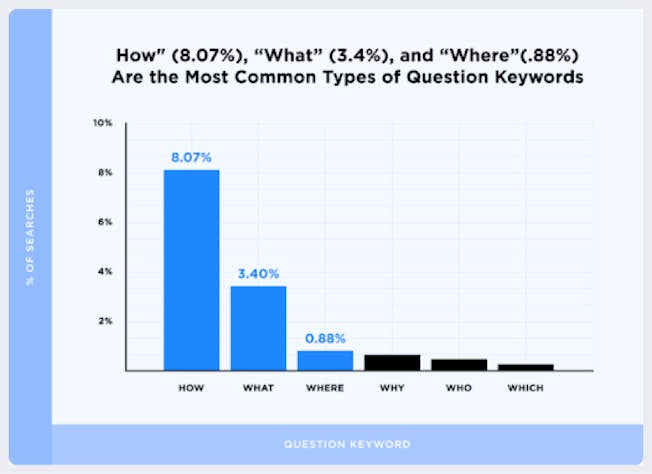Apr 15, 2022
What are the Top Content Marketing & SEO Trends?
Content marketing has come into its own in recent years. It’s proven itself as an effective strategy to attract prospects, generate leads, and drive conversions for brands of all sizes.
The beauty of content marketing is that it comes in many formats. From website copy to social media posts to blogs to videos, your content can be versatile and dynamic when in the right hands.
An important strand of content marketing is SEO or Search Engine Optimization. SEO is a crucial part of your content strategy if you want to get it found on search engines. The more SEO-optimized your content is, the more likely it is to get seen by the right people at the right time in the right places.
HubSpot’s State of Marketing Report 2021 found that 82 percent of marketers invest in content marketing with 60 percent measuring its success through sales. As such a successful digital marketing specialism, it’s important to understand the key content marketing and SEO trends coming down the line in 2022.
1. Ranking Content on Google is Becoming A Challenge
All content marketers know how important it is to rank on the first SERP on Google. Research by Sistrix found that the click-through rate for the first position on Google was 25 percent which falls dramatically to just 2.5 percent for content in the tenth position.
This just shows the power of your position on Google search. However, it’s now getting harder to rank organic content on the search engine as it presents more of the results of its products.
Kate Toon, SEO and Content Expert says: “When you search for a hotel, you get Google's accommodation engine now. So, we're moving towards more branded search. From a tech point of view, the Core Web Vitals update (in 2021) was huge and usability is something Google's pushing for, not just in terms of speed, but how your page loads.”
Google is also making waves about accessibility which is going to become part of the algorithms such as making your page screen-reader friendly, with good contrast, font adjustability, and image descriptions. The result of this is that accessible sites will be rewarded and therefore climb up the rankings faster than pages that are not accessible.
For content marketers, this means adjusting your strategy to include four key elements:
- Plan for branded search - look for keywords and integrate them into your content when appropriate
- Research your People Also Ask brand results - this will help you make the most of your copy
- Set up tracking for keywords and searches - this will help you monitor keyword performance and include new ones as they arise
- Question-based Google searches are on the rise - include questions in your short and long-form content (more on this below)
2. Google Discover is Focused on Great Imagery
Google Discover is a swipeable content bank on your mobile. It’s tailored content that uses an algorithm that lists content related to your likes and interests based on what you search for and read by analyzing your web and application activity along with your location.

This is of course a goldmine for content marketers as it allows your content to feature in people’s mobile feeds without them searching for anything. So how do you get your content onto Google Discover?
- Create great content - this may seem obvious but Google only wants to put the most relevant and high-quality content in front of its users, so make yours stand out
- Focus on authority and trustworthiness - Google loves expertise and will rank authoritative content highly, so include quotes from experts or demonstrate why you’re the leader on the topic
- Optimize your website - it’s no good having great content if you bring them to a website that’s slow or inaccessible
- Think about your titles - Avoid overly promotional or clickbait titles as they will turn off your audience
- Make content timely - Users want relevant and timely content so look to tap into trends or newsworthy activities
- Include great visuals - Google Discover is all about visuals, so make sure you’re including eye-catching and relevant images in your content
Toon believes visuals are becoming increasingly important to Google. “Image search is becoming more of a thing for Google. Google Discover is changing the way that we use Google, and sites that have really good imagery are starting to rank better.”
3. Interactive Content is on the Rise
Over the past few years, interactive content has gained popularity amongst brands as it prompts prospects and customers to engage. Types of interactive content include calculators, quizzes, polls, maps, infographics, games and TV shows such as Black Mirror’s: Bandersnatch.
According to Demand Gen’s State of Interactive Content report, interactive content gets twice the interaction of static content and can be particularly useful for B2B marketing campaigns such as live webinars or virtual events.
There are many ways to use interactive content across the marketing funnel and different types have different purposes such as brand awareness or lead generation. For example, this interactive infographic by Marriot Hotels guides a user on a journey to help choose activities in Scottsdale, Arizona.

A piece of interactive content that we’ve found successful in driving traffic and leads is DMI’s Digital Skills Test. It offers people interested in gauging their digital know-how a way to see the level of their knowledge and see the digital marketing areas they are strong and weak in.
Going forward, new worlds like the metaverse may mean that interactivity has a bigger part to play in content marketing. “The metaverse…is Facebook or ~Meta's big bet for the future. People should watch with interest what happens there,” says Ken Fitzpatrick, CEO of DMI.
“If you were to analyze a piece of the metaverse you can get your head around, it would be how does my product or brand live in a virtual experience environment? So, interactive content could be a very simple way of testing it,” Fitzpatrick concludes.
4. Artificial Intelligence Will Be More Involved in Content Creation
The human touch is important when you want to create content that engages. Content marketers pride themselves on choosing the right word or phrase or using humor to attract attention in a content-saturated world. There’s an art to good copy and it takes work to hit the right tone and message to define your personality.
But Artificial Intelligence (AI) is set to become more sophisticated than ever before in copy creation. Over the past few years, Google has invested in techniques for natural language processing to improve its algorithms' understanding of search queries.
“We had an algorithm update a year or so ago called BERT, which was about understanding how what we've typed into Google, not just what we're looking for, but why we're looking for it, so understanding the context of the words,” says Kate Toon, SEO and Content Expert.
Since BERT, there’s been another algorithm update called MUM (Multitask Unified Model). This is designed to look for patterns in language to understand it at a structural level. This helps Google get a better understanding of why people search for what they search for to give better results and service more ads.
Toon believes this will have a big impact on how content marketers write copy, undertake keyword research, and use copy automation. “For many businesses, automation is a more affordable option. But often the messaging, order, and tone aren't quite right. I don't think copywriters have anything to be scared of yet because I don't think AI is good at getting wit, slang, rhythm, and tone. But I think that's going to move towards more automation to save time and money.”
This type of AI technology will prove useful to SEO experts as they can use automation to generate copy elements at a bulk level such as title tags, meta descriptions, and alt tags.
5. Content Marketers Need to Include for Answer-Based Content
Today’s consumers are focused on getting answers when they search for content online. 14 percent of Google searches are now questions with ‘how’ being the most common type of keyword.

Whether it’s typing into a search engine on a laptop or mobile or using voice search, customers are now more likely to turn to devices and ask questions. This is an interesting development for content marketers when it comes to the art of scribing copy.
“It's harder to rank in the organic space for just blank keywords, but it's still relatively easy to get real estate for question-and-answer based content,” states Toon. “So you need to understand your audience and their pain points to answer individual questions. And there are so many different ways to phrase a question.”
Another thing you can do to improve content SEO is to implement FAQ schema. This can be QA (people contributing different answers with a vote) or a FAQ page schema. Toon believes this is “really easy to do and gives you the opportunity to come up in the People Also Ask element on the search engine results pages as well.”
The Future of Content Marketing & SEO
As you can see there are a lot of new developments in content marketing and SEO that offer you opportunities to drive engagement and conversions. The key is knowing your audience and their pain points so you can create content that offers solutions and is authentic.
Customers today want to feel like they are being spoken to on a personal level by brands. It’s obvious that they’re looking for answers through question-based searches and want an immersive experience through interactive content.
It’s about creating SEO-optimized content that gets your brand found on search engines and other key channels such as social media. You may not have to start from scratch either: conduct a content audit to see what resources you already have that resonated and see if they can be repurposed or updated.
It’s an exciting time for content, so get researching, planning, and writing to see what you can create.
Related
Upgrade to Power Membership to continue
your access to thousands of articles, toolkits, podcasts, lessons and much much more.
Become a Power Member- Login
- View Courses
- - - -
- Courses
- Resources
- - - -
- My Account
- Change Password
- Logout





